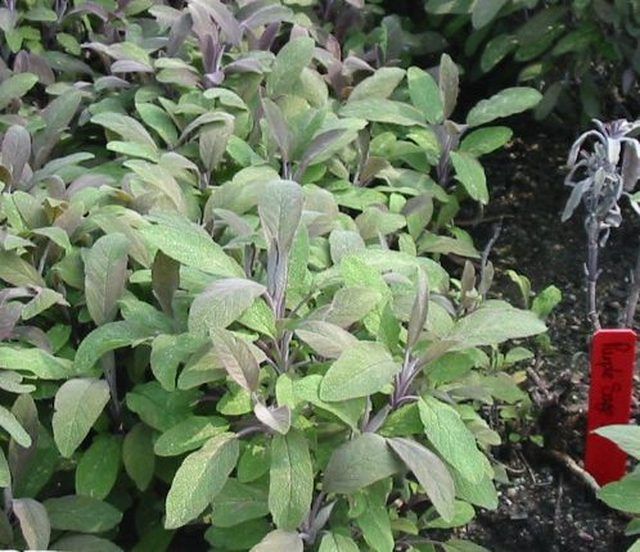Bulbs
Flower Basics
Flower Beds & Specialty Gardens
Flower Garden
Garden Furniture
Garden Gnomes
Garden Seeds
Garden Sheds
Garden Statues
Garden Tools & Supplies
Gardening Basics
Green & Organic
Groundcovers & Vines
Growing Annuals
Growing Basil
Growing Beans
Growing Berries
Growing Blueberries
Growing Cactus
Growing Corn
Growing Cotton
Growing Edibles
Growing Flowers
Growing Garlic
Growing Grapes
Growing Grass
Growing Herbs
Growing Jasmine
Growing Mint
Growing Mushrooms
Orchids
Growing Peanuts
Growing Perennials
Growing Plants
Growing Rosemary
Growing Roses
Growing Strawberries
Growing Sunflowers
Growing Thyme
Growing Tomatoes
Growing Tulips
Growing Vegetables
Herb Basics
Herb Garden
Indoor Growing
Landscaping Basics
Landscaping Patios
Landscaping Plants
Landscaping Shrubs
Landscaping Trees
Landscaping Walks & Pathways
Lawn Basics
Lawn Maintenance
Lawn Mowers
Lawn Ornaments
Lawn Planting
Lawn Tools
Outdoor Growing
Overall Landscape Planning
Pests, Weeds & Problems
Plant Basics
Rock Garden
Rose Garden
Shrubs
Soil
Specialty Gardens
Trees
Vegetable Garden
Yard Maintenance
How to Harvest Sage
How to Harvest Sage. Sage, a member of the vast mint family, is a versatile and easy to grow herb. The leaves are used fresh or dried to flavor a variety of dishes including beef, pork and poultry. Native Americans burn dried sage as part of sacred ceremonies and believe that its smoke purifies the environment. The smoke also has the effect of...

Sage, a member of the vast mint family, is a versatile and easy to grow herb. The leaves are used fresh or dried to flavor a variety of dishes including beef, pork and poultry. Native Americans burn dried sage as part of sacred ceremonies and believe that its smoke purifies the environment. The smoke also has the effect of neutralizing odors in the air and is often burned in professional kitchens to give the chefs a clean slate.
Things You'll Need
Scissors
String
Glass bottle
Mason jar
Vinegar
Fine mesh strainer
Snip right off the plant. Fresh sage is a delicious addition to a wide variety of meals. If you prefer the taste of the herb when it is fresh, simply harvest leaves as needed for that day. Use a good, sharp pair of scissors and snip off only the youngest, tenderest leaves from the plant. Wash well and blot dry with a paper towel before adding to the pot. Herbs have a stronger flavor once dried, so realize that when harvesting sage for immediate use, you will need to use about twice as much for a recipe that calls for dried sage.
Dry for later use. For those who prefer the flavor of dried sage and do not regularly harvest fresh leaves, you can easily cut from the plant and save for later. Sage is a perennial plant. As it grows older, it will spread and can take over the garden if you do not keep it pruned regularly. Harvest bunches of leaves about two or three times per season to keep it in check. It is best to gather the leaves early in the morning right after dew has evaporated, as this is the time when the flavor is at its peak. Cut the leaves, being sure to leave about an inch of stem. Bunch together and tie with a string. Hang the sage bundle upside down in a dark, warm, dry and airy place. When the leaves turn brown and are crumbly to the touch, they are dry. Store the dried sage whole in airtight jars. If you have no place to hang herbs, you can also try drying them on screens, in the same type of environment. Be sure to turn every few days to allow for even air flow.
Preserve in vinegar. Herb vinegars are great to spice up a bland dish. Sage, which is commonly used in beef dishes, is a perfect candidate for herb vinegar. The vinegar helps to cut fattiness and also has a tenderizing effect on tough meats. Gather enough leaves to fill up a large mason jar. Do your harvesting on a hot day for optimum vinegar flavoring. Wash well to remove any traces of dirt and blot dry with a paper towel. Next, crush the leaves and place them into the jar. Heat the vinegar (any type that you like is fine), taking care not to boil. Once the vinegar is hot, pour it into the jar, leaving one half inch space at the top of the jar. Screw on the lid, making sure it is airtight. The longer you let the sage steep, the stronger the vinegar will be. About a week's time is usually sufficient, but you can check the progress by smell and decide for yourself how strong you would like the vinegar to be. Once the vinegar has reached its desired strength, strain it into a glass bottle. You can then add a fresh sprig of sage for decoration and identification, if you like. Use your vinegar as an additive to a dish or as a marinade that you discard prior to cooking. Sage vinegar also makes an attractive and unusual gift for a dinner party hostess or as part of a culinary themed gift basket.
Tips & Warnings
Pregnant and nursing women should avoid sage.